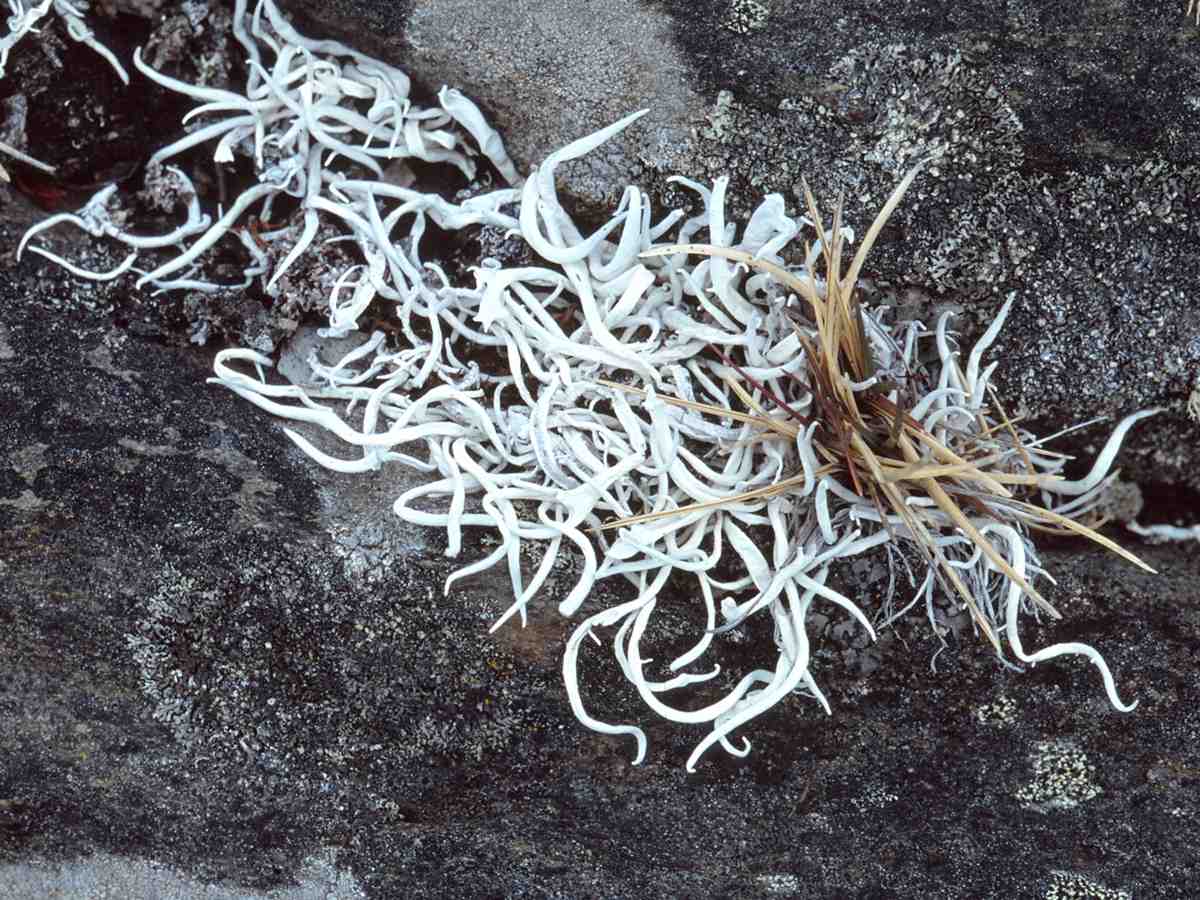 Ioana Onuţ‐Brännström and colleagues from Uppsala published two studies focusing on the widespread worm-lichen genus Thamnolia, including the description of a new species, integrating specimens from the Cape Horn region held in the CONN herbarium. Based on these studies, the identifications of our holdings were revised and updated.
Ioana Onuţ‐Brännström and colleagues from Uppsala published two studies focusing on the widespread worm-lichen genus Thamnolia, including the description of a new species, integrating specimens from the Cape Horn region held in the CONN herbarium. Based on these studies, the identifications of our holdings were revised and updated.
1. Onuţ‐Brännström, I., L. Tibell & H. Johannesson. 2017. A worldwide phylogeography of the whiteworm lichens Thamnolia reveals three lineages with distinct habitats and evolutionary histories. Ecology and Evolution 7: 3602–3615. pdf
Abstract reads: Thamnolia is a lichenized fungus with an extremely wide distribution, being encountered in arctic and alpine environments in most continents. In this study, we used molecular markers to investigate the population structure of the fungal symbiont and the associated photosynthetic partner of Thamnolia. By analyzing molecular, morphological, and chemical variation among 253 specimens covering the species distribution range, we revealed the existence of three mycobiont lineages. One lineage (Lineage A) is confined to the tundra region of Siberia and the Aleutian Islands, a second (Lineage B) is found in the high alpine region of the Alps and the Carpathians Mountains, and a third (Lineage C) has a worldwide distribution and covers both the aforementioned ecosystems. Molecular dating analysis indicated that the split of the three lineages is older than the last glacial maximum, but the distribution ranges and the population genetic analyses suggest an influence of last glacial period on the present‐day population structure of each lineage. We found a very low diversity of Lineage B, but a higher and similar one in Lineages A and C. Demographic analyses suggested that Lineage C has its origin in the Northern Hemisphere, possibly Scandinavia, and that it has passed through a bottleneck followed by a recent population expansion. While all three lineages reproduce clonally, recombination tests suggest rare or past recombination in both Lineages A and C. Moreover, our data showed that Lineage C has a comparatively low photobiont specificity, being found associated with four widespread Trebouxia lineages (three of them also shared with other lichens), while Lineages A and B exclusively harbor T. simplexs. lat. Finally, we did not find support for the recognition of taxa in Thamnolia based on either morphological or chemical characters.
2. Ioana, O.B., H. Johannesson & L. Tibell. 2018. Thamnolia tundrae sp. nov., a cryptic species and putative glacial relict. The Lichenologist 50: 59–75. pdf
Abstract reads: The lichen species of the genus Thamnolia, with their striking wormlike thalli and frequent occurrence in arctic and tundra environments, have often been debated with regard to the use of chemistry in lichen taxonomy. Phylogenetic studies have arrived at different conclusions as to the recognition of species in the genus, but in a recent study based on the analyses of six nuclear markers (genes or noncoding regions) of a worldwide sample of Thamnolia, we showed the existence of three well-supported lineages with two different chemistries and geographical distributions. Here, we present two analyses based on ITS and three markers, respectively, which were extended from the study mentioned above to include type specimens and additional Thamnolia strains and taxa. In these analyses the same three clades were retrieved. A putative DEAD-box helicase is used here for the first time as an informative phylogenetic marker to provide taxonomic resolution at species level. The distribution of morphological and chemical characters across the phylogeny was analyzed and it was concluded that three morphologically cryptic, but genetically well supported, species occur: T. vermicularis s. str., T. subuliformis s. str. and T. tundrae sp. nov. Thamnolia vermicularis s. str. contains individuals with uniform secondary chemistry (producing thamnolic acid) and a rather limited distribution in the European Alps, Tatra Mts and the Western Carpathians, a distribution which might result from glacial survival in an adjacent refugium/refugia. Thamnolia subuliformis s. str. is widely distributed in all hemispheres and the samples contain two chemotypes (either with thamnolic or squamatic acids). Thamnolia tundrae is described as new; it produces baeomycesic and squamatic acids, and has a distribution limited to the arctic tundra of Eurasia extending to the Aleutian Islands in North America. It may have survived the latest glaciation in coastal refugia near its present distribution. Thus, secondary chemistry alone is not suitable for characterizing species in Thamnolia, secondary chemistry and geographical origin are informative, and the ITS region can be confidently used for species recognition. Nomenclatural notes are given on several other names that have been used in Thamnolia.
![]() page.
page.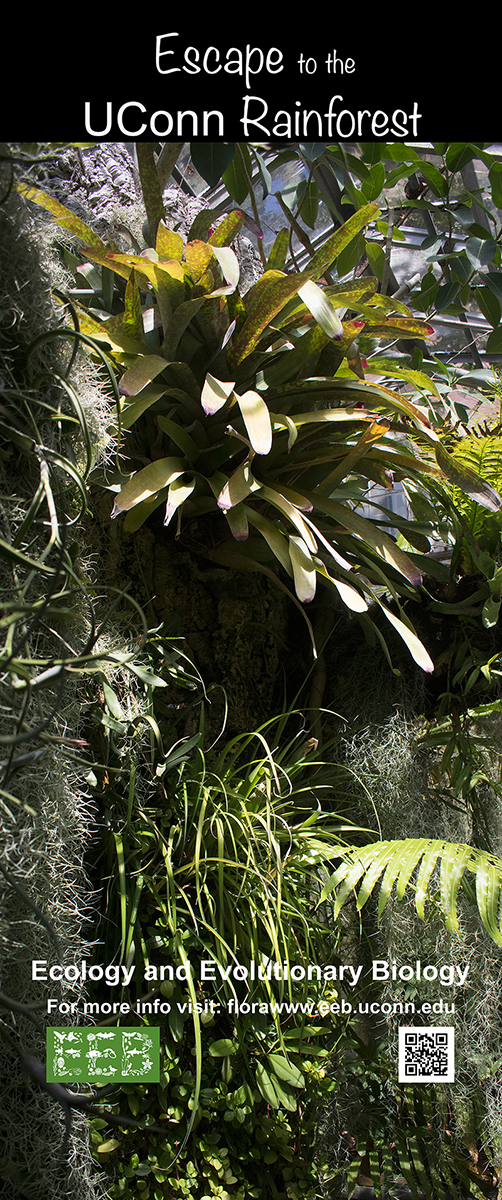
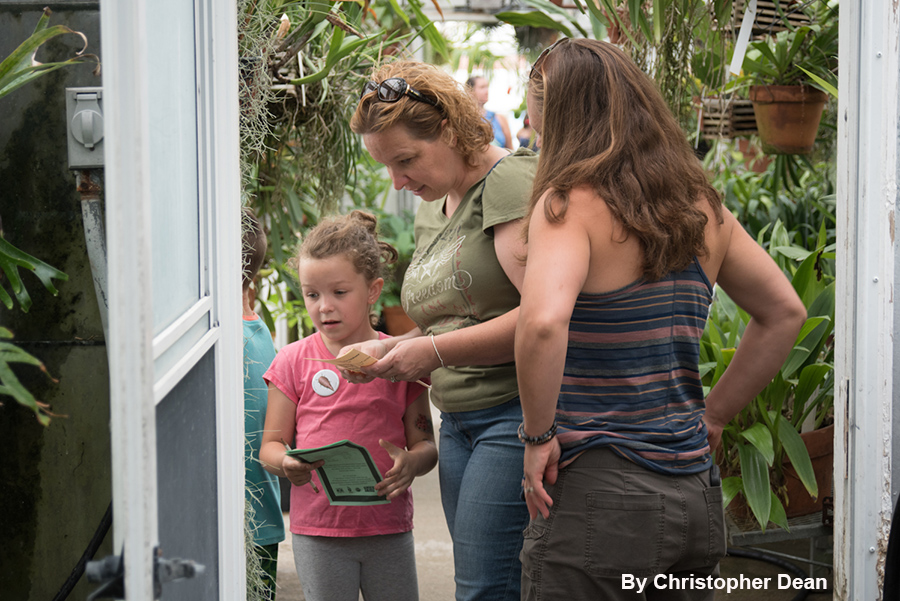
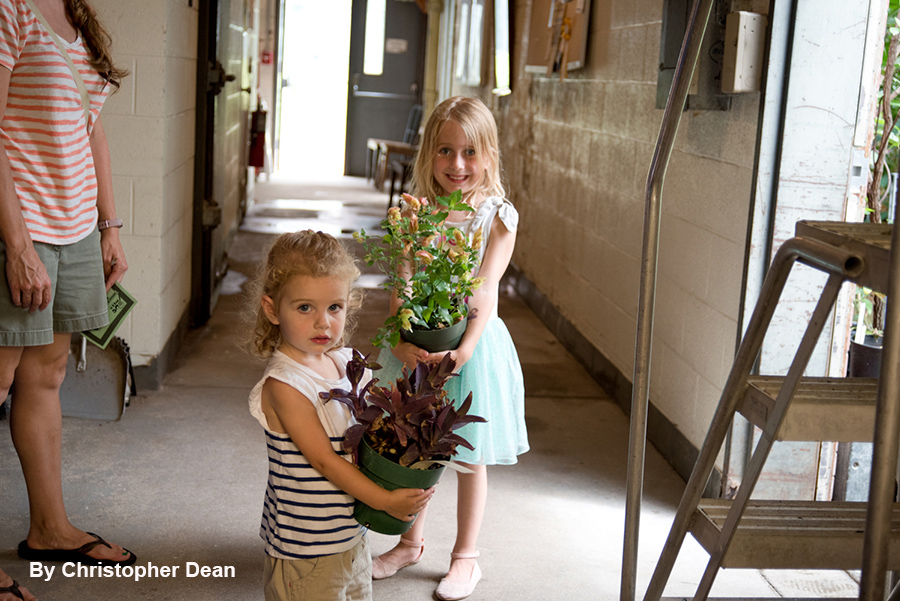
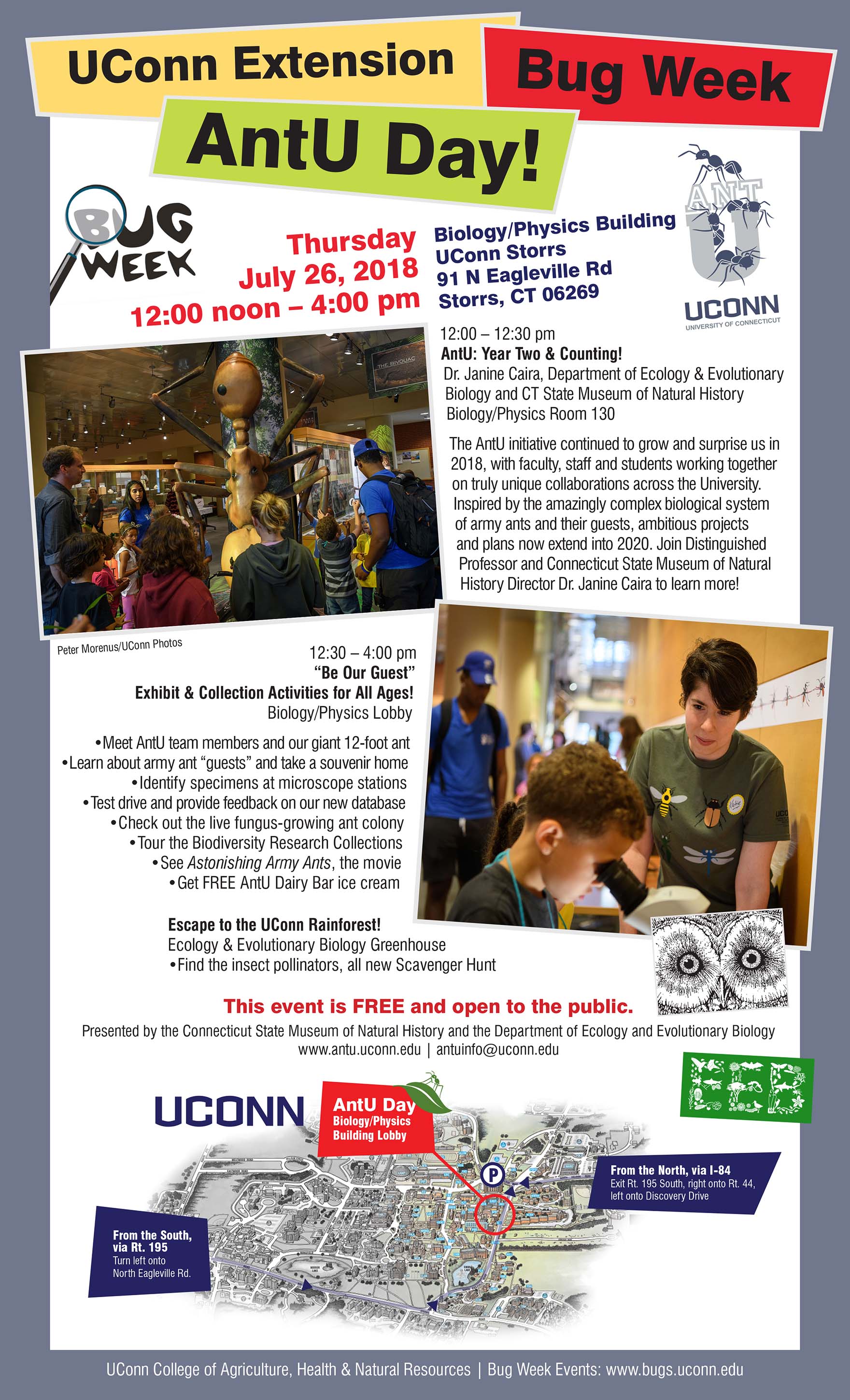
 The BRC endowment sponsored curation by Rebecca Colby and Melinda Gosselin of Paraguayan bats, rodents and marsupials recently returned to the BRC from the University of Michigan.
The BRC endowment sponsored curation by Rebecca Colby and Melinda Gosselin of Paraguayan bats, rodents and marsupials recently returned to the BRC from the University of Michigan.
 Simon A., J. Di Meglio, T. Goward, K. Dillman, T. Spribille & B. Goffinet. 2018. Sticta torii sp. nov., a remarkable lichen of high conservation priority from northwestern North America. Graphis Scripta 30: 105–114.
Simon A., J. Di Meglio, T. Goward, K. Dillman, T. Spribille & B. Goffinet. 2018. Sticta torii sp. nov., a remarkable lichen of high conservation priority from northwestern North America. Graphis Scripta 30: 105–114. 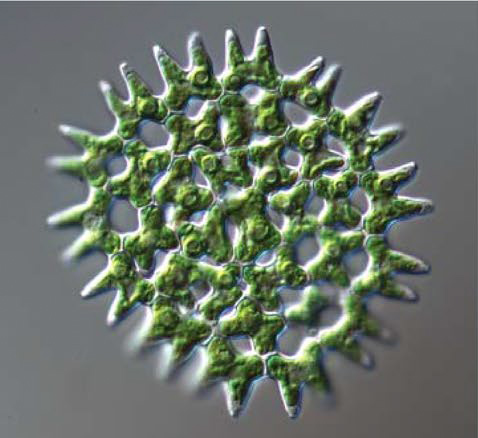
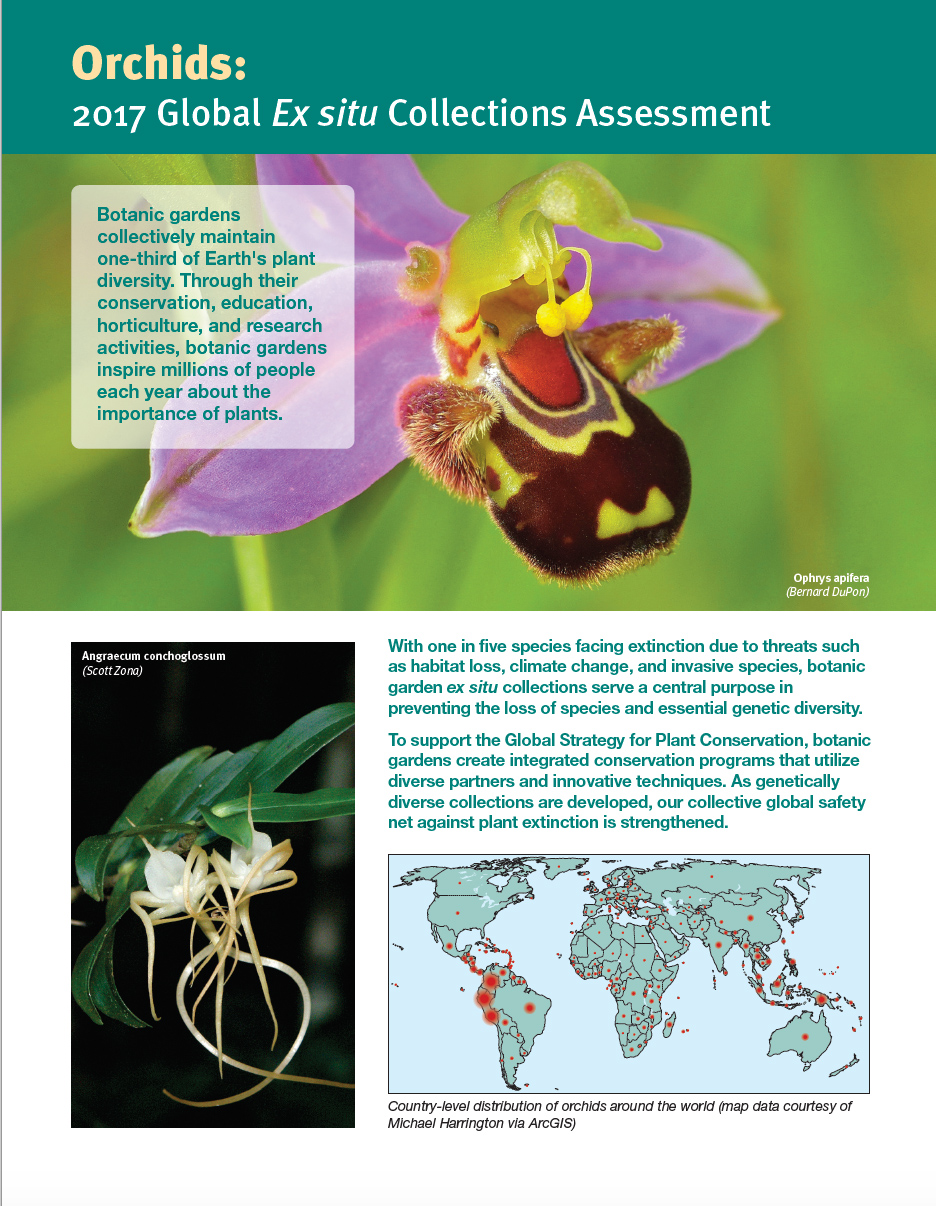
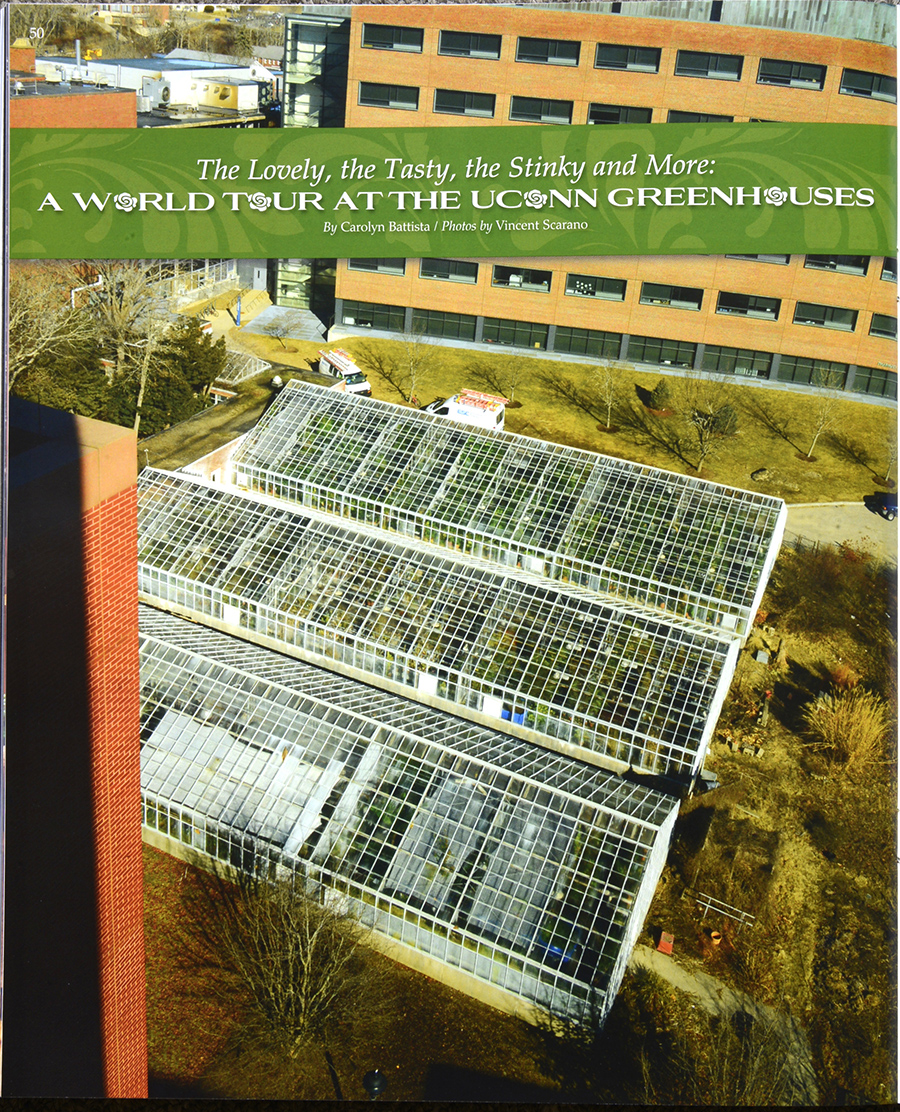 The greenhouses are featured in the April issue of
The greenhouses are featured in the April issue of